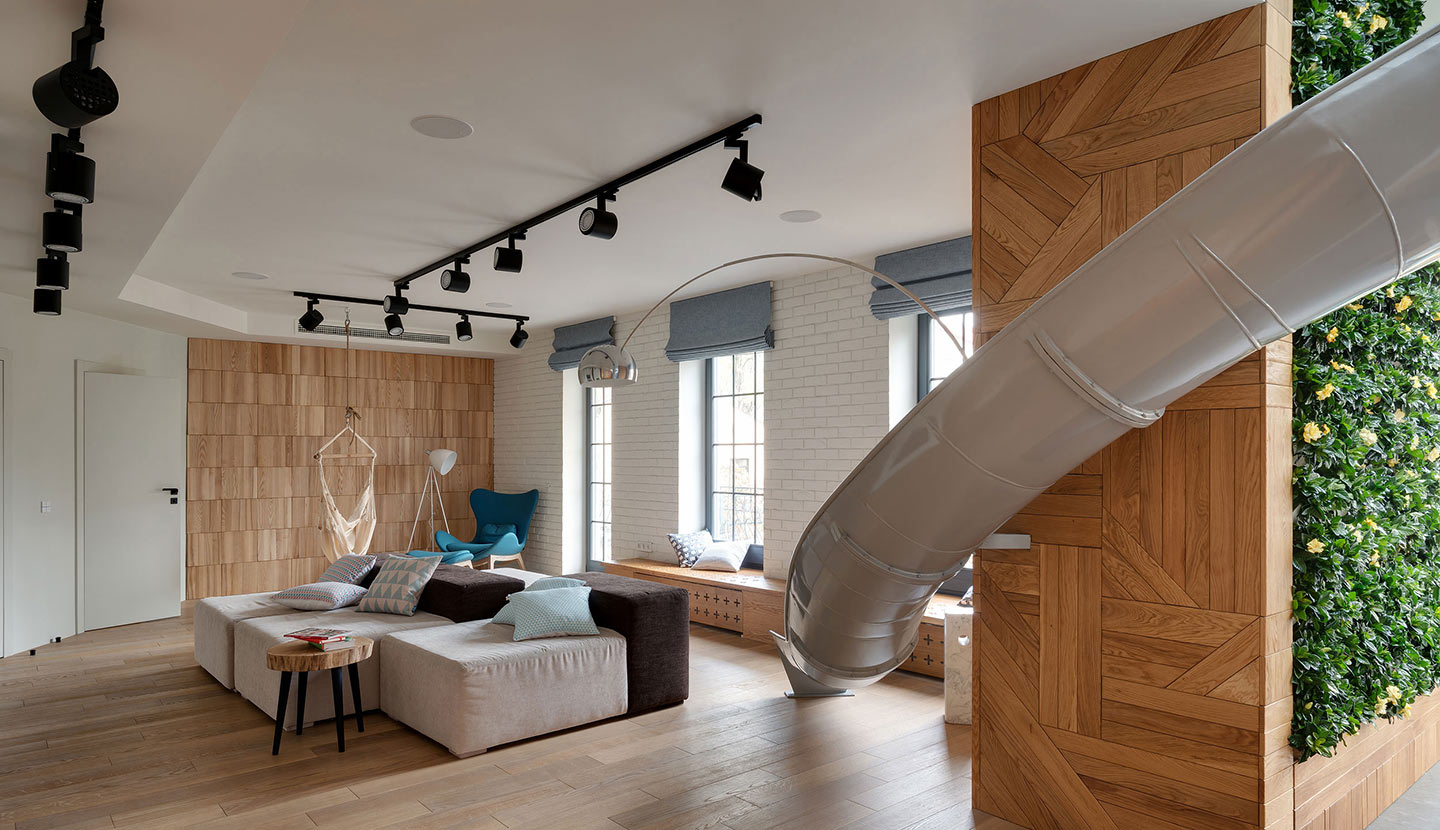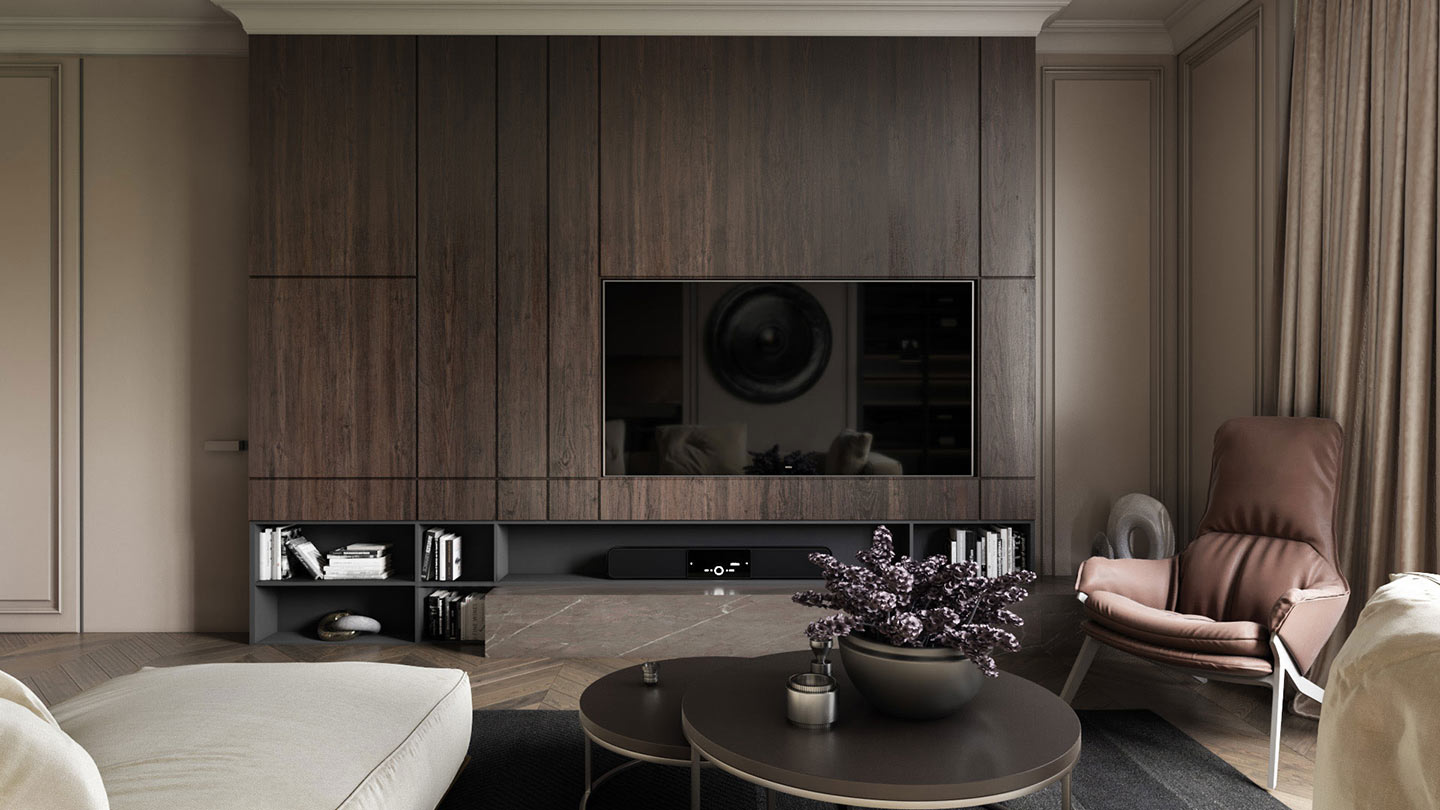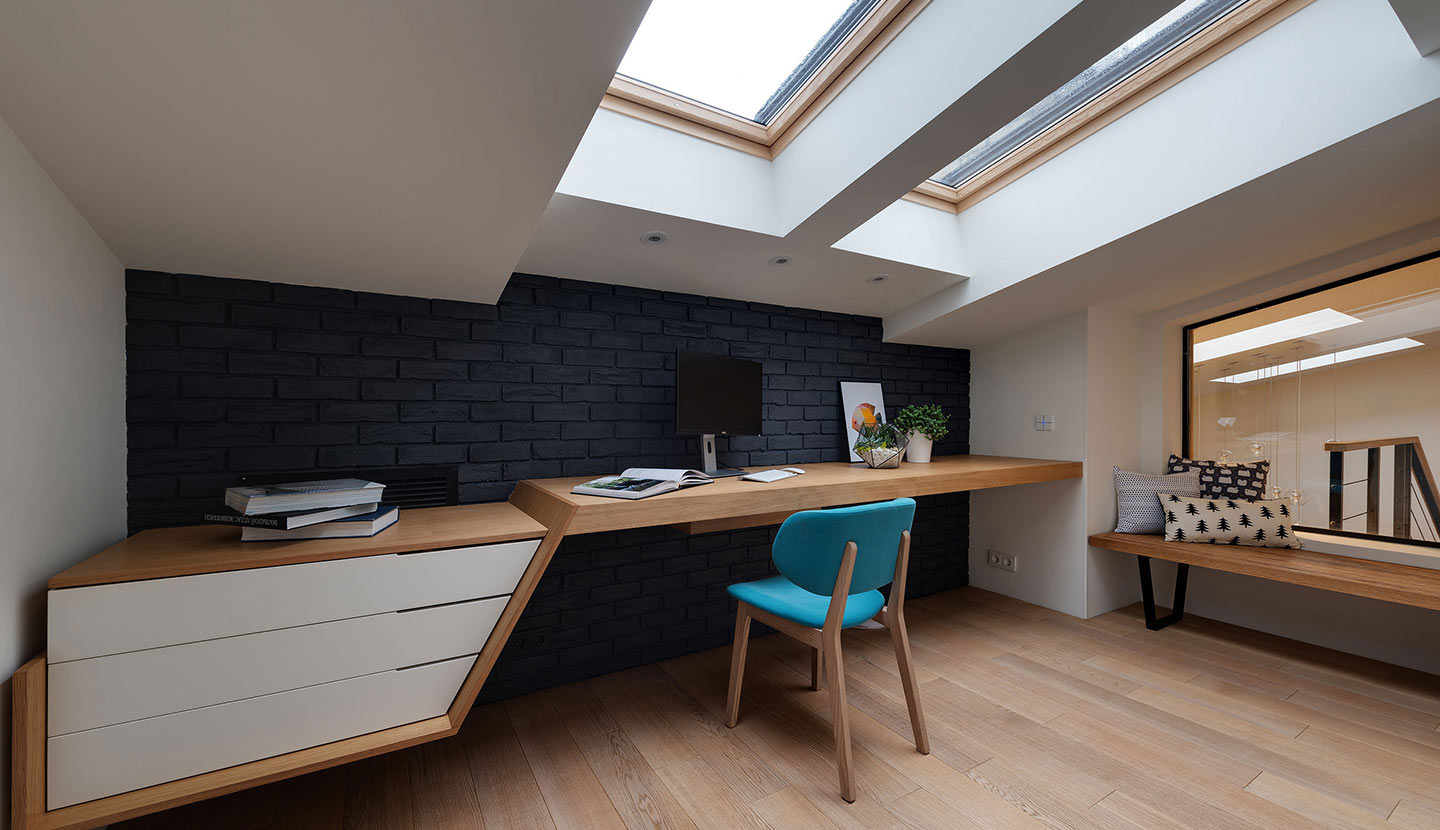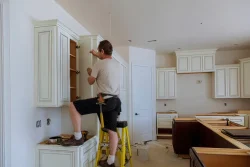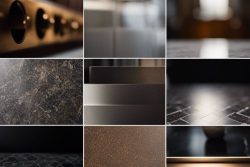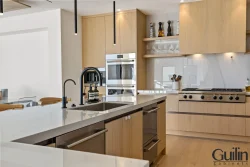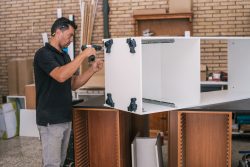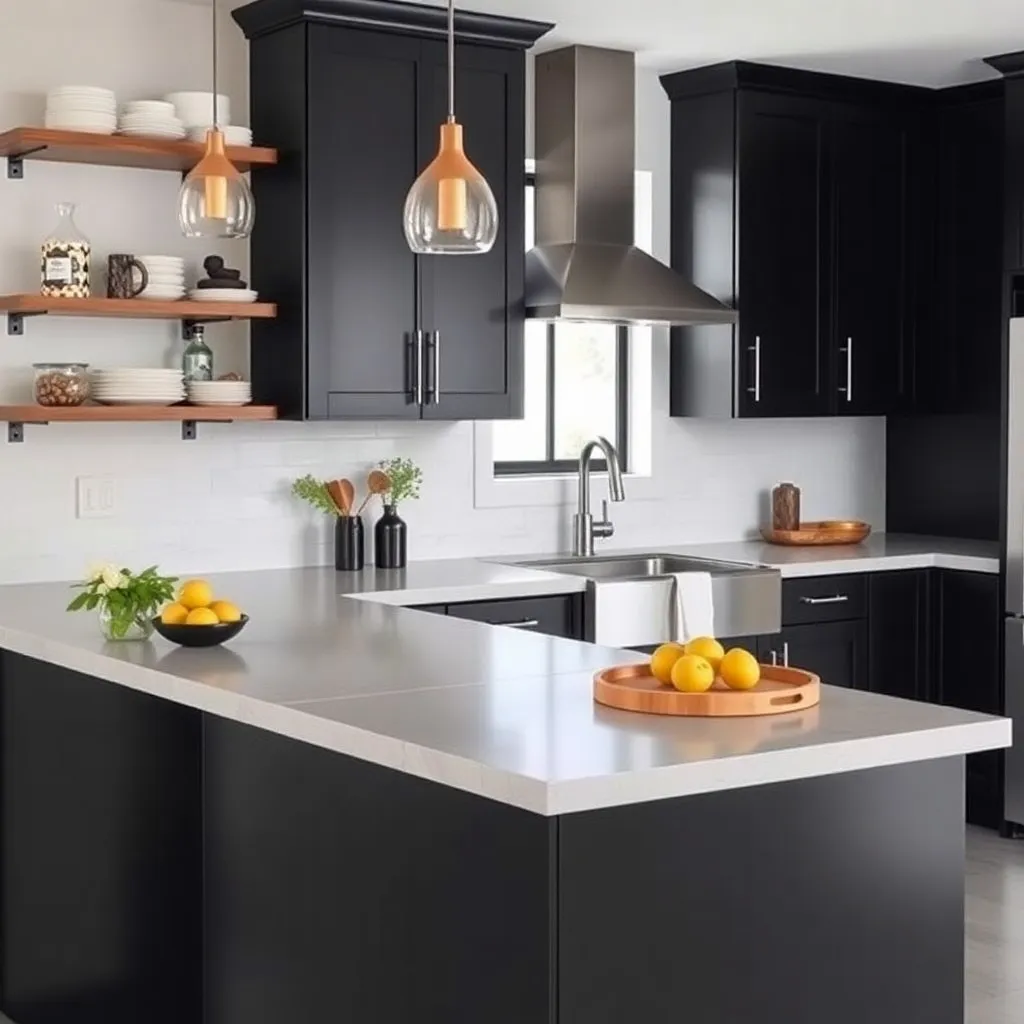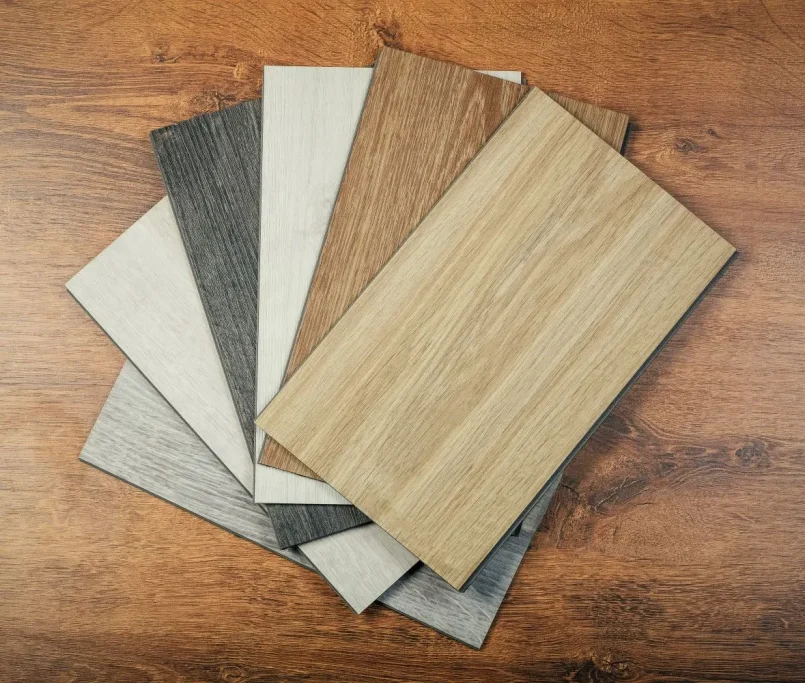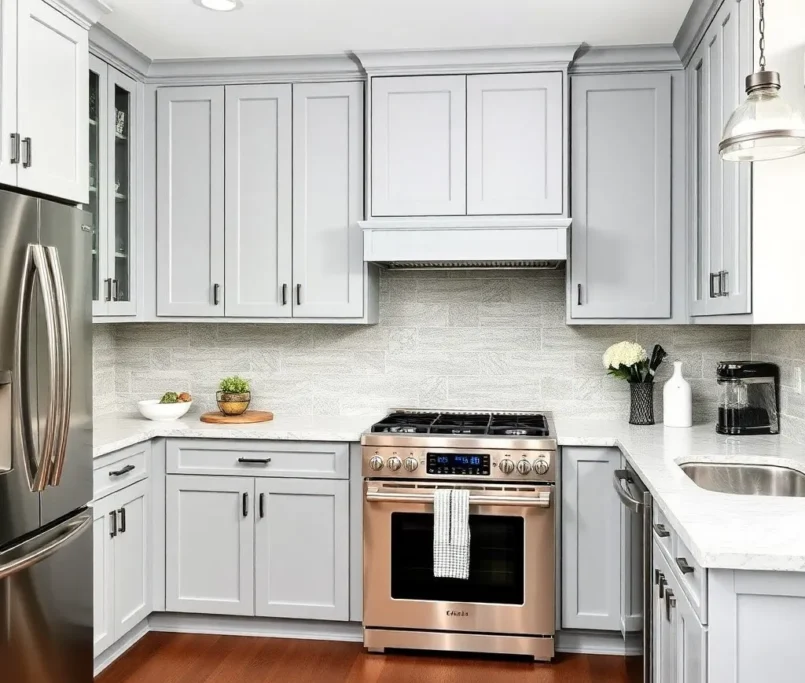Have your once-loved kitchen cabinets begun to look tired and outdated? Refacing them can be a cost-effective and straightforward way to give them a fresh and modern appearance. But, as with any home renovation project, you’ll want to know if the results will last long enough to be worth the investment. After all, no one wants to spend time and money on a project only to have it fall apart in a few months!
So, the question is: how long does cabinet refacing last? In this blog post, we’ll dive deep into the world of cabinet refacing and explore whether it’s a durable and practical solution to transform your kitchen.
How Long Do Refaced Cabinets Last?
The answer to this question depends on several factors. One of the most significant determinants is the quality of the materials used in the cabinet refacing process. For instance, cabinets refaced using high-quality wood veneers or laminate materials may last up to 20 years or more. However, if cheaper materials are used, such as particleboard or low-quality veneers, your refaced cabinets may begin to deteriorate much sooner. Additionally, the skill level and experience of the contractors performing the refacing play a crucial role in the success of the project. Proper installation techniques and attention to detail ensure the longevity of your refaced cabinets.
=> Related Article: Refacing vs Replacing Cabinets: Which is Better for Your Kitchen?
By choosing a reputable contractor with a track record of quality work, you can rest assured that your refaced cabinets will last as long as possible. It is also essential to understand that cabinet refacing is not a permanent solution. Over time, wear and tear will occur, and your refaced cabinets may require touch-ups or repairs. However, with proper care and maintenance, you can extend the life of your refaced kitchen cabinets significantly.
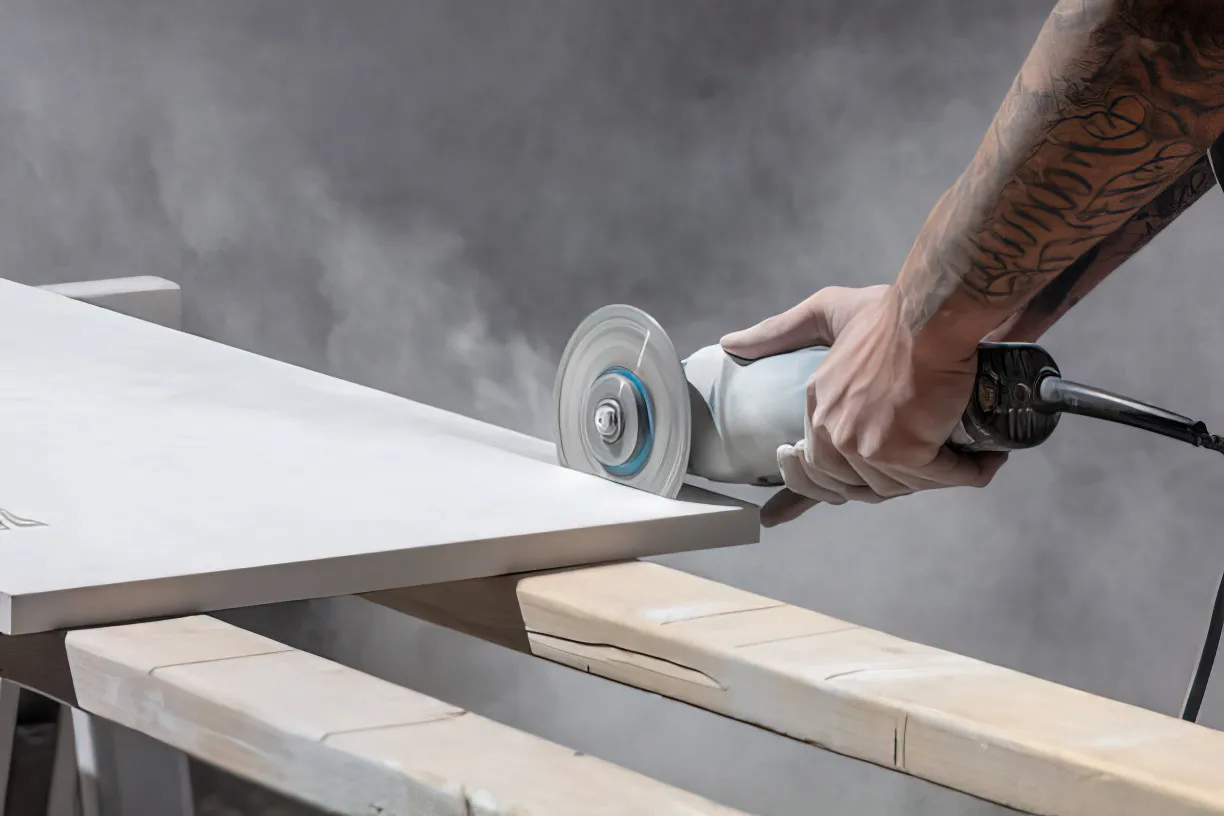
The Factors Impacting the Longevity of Refaced Cabinets
The longevity of refaced cabinets depends on several factors, ranging from the quality of materials used for the original cabinets, and materials used during the refacing process to the kind of wear and tear the cabinets experience. Among the significant factors impacting the longevity of refaced cabinets is the quality of the materials used, the skills of the installer, and how to clean, and maintain are the major factors we need to consider. Understanding these factors can help you make informed decisions about whether or not to reface your cabinets and how to maintain them long-term.
=> Related Article: Refacing Cabinet Solution: Pros & Cons – Solve All Your Problems
Quality of Materials and Condition of Your Cabinets
For example, if your original cabinets are made of high-quality soiled wood, plywood veneers or MDF materials may last up to 20 years or more. However, if cheaper materials are used, such as particleboard or low-quality veneers, your refaced cabinets may begin to deteriorate much sooner.
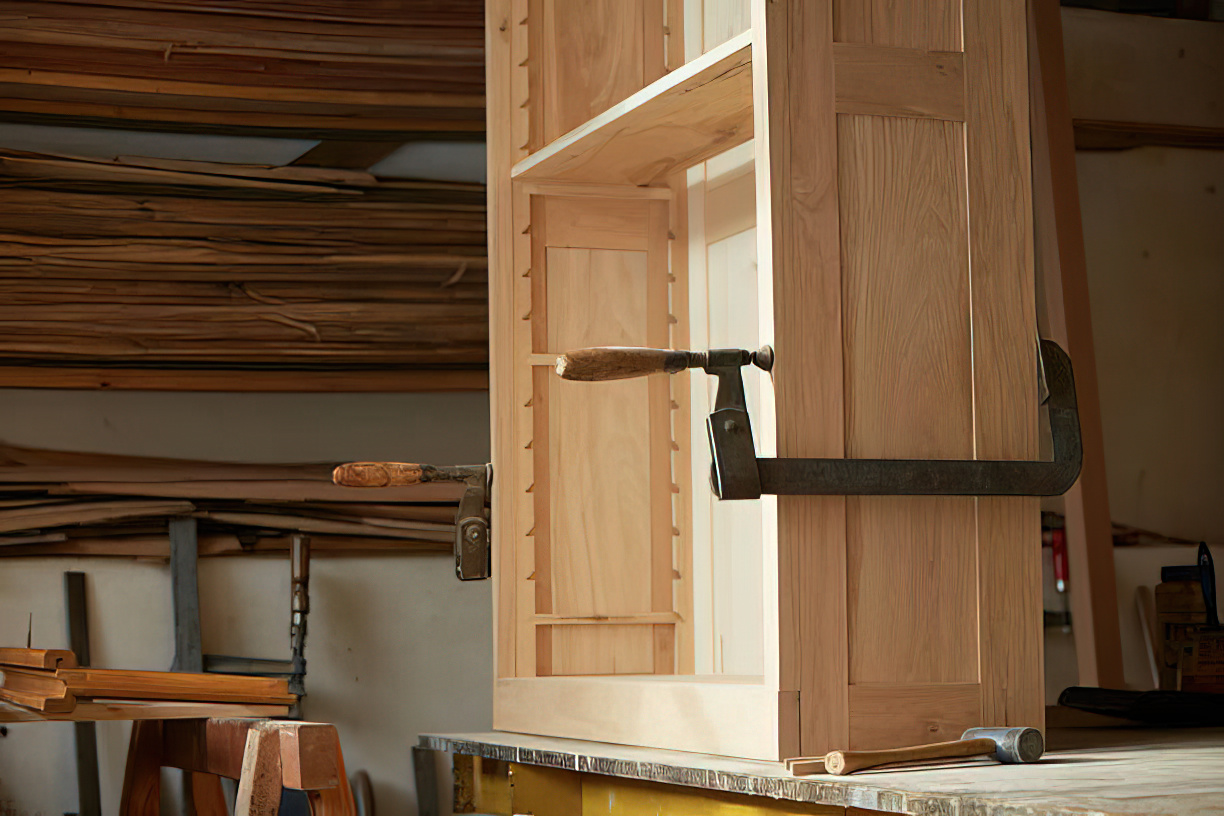
Quality of Materials Use During Refacing Process
And the next important thing is what materials you use for refacing Cabinets. Using high-quality materials during the refacing process, such as durable wood veneers, laminates, and high-gloss finishes can help your cabinets last longer. On the other hand, Cheaper materials may look good in the short term, but they are more prone to chipping, cracking, and fading over time.
=> Read more: Most Expensive Part of Kitchen Renovation: Cabinetry
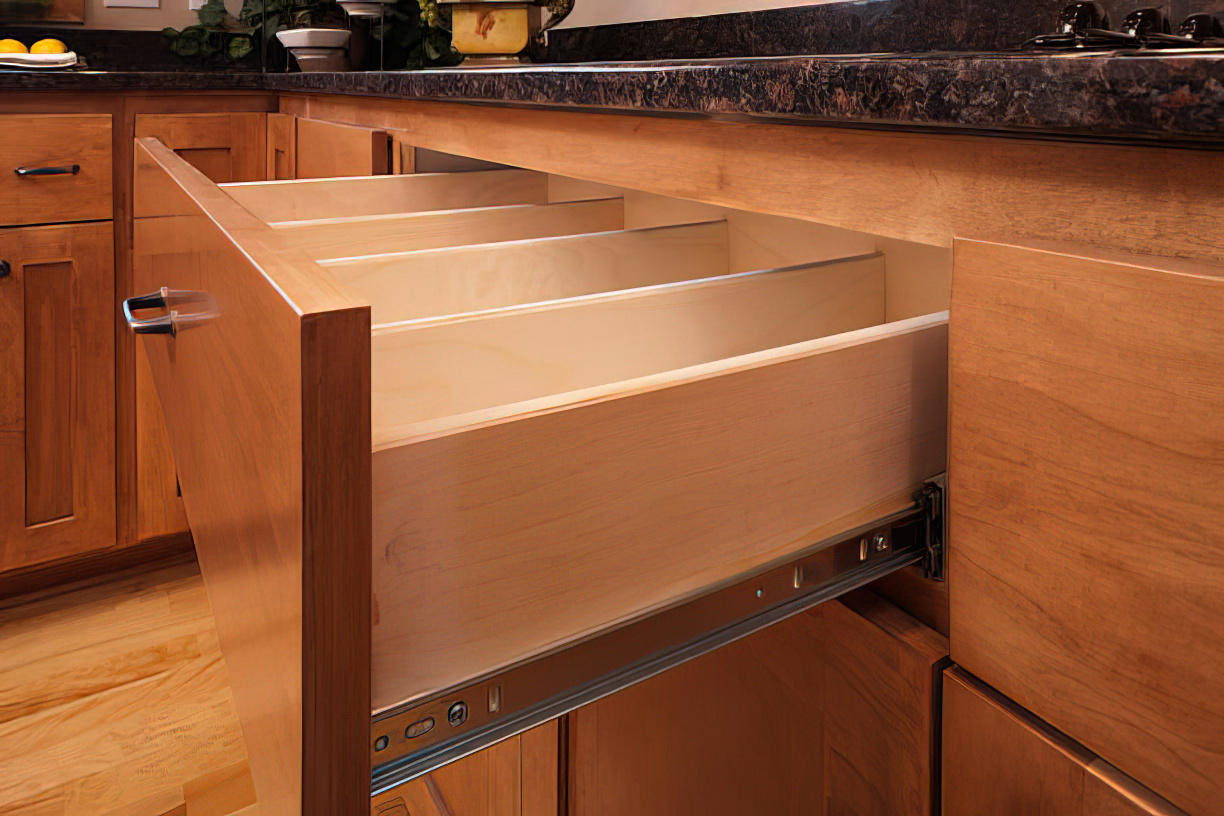
Quality of the Refacing Work
The quality of the Refacing process is also critical for the longevity of refaced cabinets. Professional refacing companies will ensure that the materials are installed correctly, they will provide you with options that fit both your budget and your vision for the newly refaced cabinets, so the cabinets are sturdy and will hold up well over time. they will provide you with options that fit both your budget and your vision for the newly refaced cabinets.
=> Read more: How to Find Affordable Cabinet Refacing Contractors Near My Home?
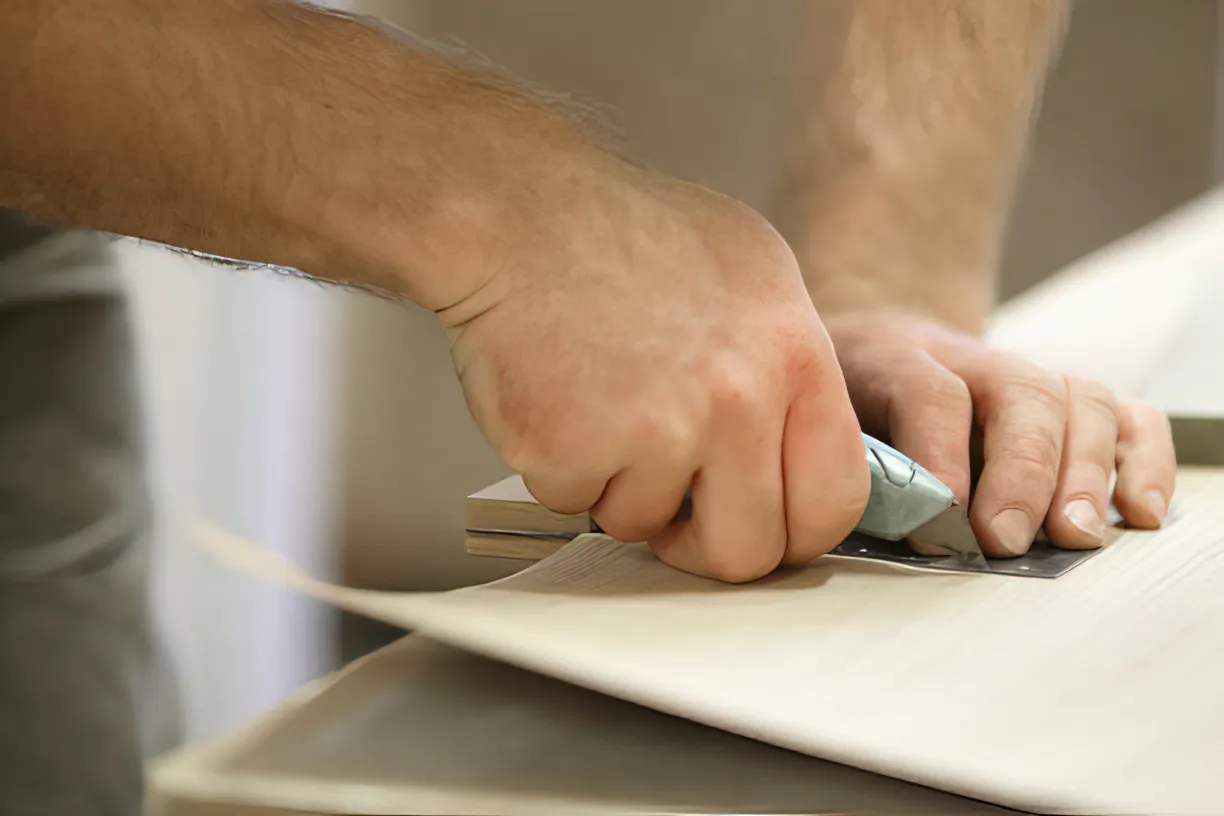
Environmental & Climate Factor
The longevity of refaced cabinets is significantly impacted by environmental factors. High humidity levels and extreme temperature changes can result in warping, cracking, and discoloration of the cabinet materials. Additionally, cabinets placed near a heat source are susceptible to delamination. The location where your cabinets are placed also affects their lifespan. Cabinets exposed to substantial humidity or excessive temperature variations tend to deteriorate at a faster pace than those in a stable environment. Thus, it is crucial to consider the impact of environmental factors while deciding on refacing cabinets.
=> Related Article: Kitchen Remodel Contractor In Southern California
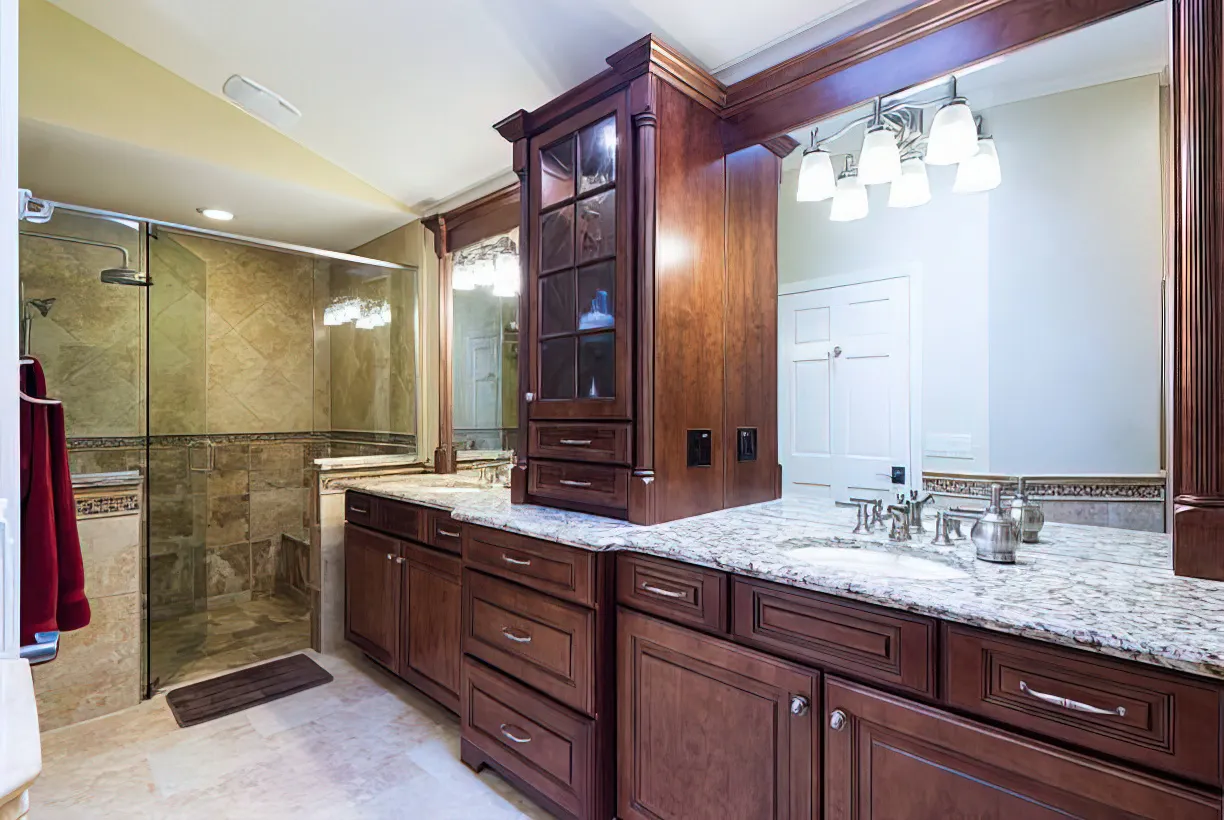
How Frequency of Usage
The frequency of usage plays a crucial role in determining the lifespan of refaced cabinets. The more frequently they are used, the more likely they are to experience wear and tear, necessitating repairs or touch-ups more often. Thus, it is important to consider the usage factor when evaluating the durability of refaced cabinets. Cabinets that are heavily used should be regularly maintained to ensure their longevity.
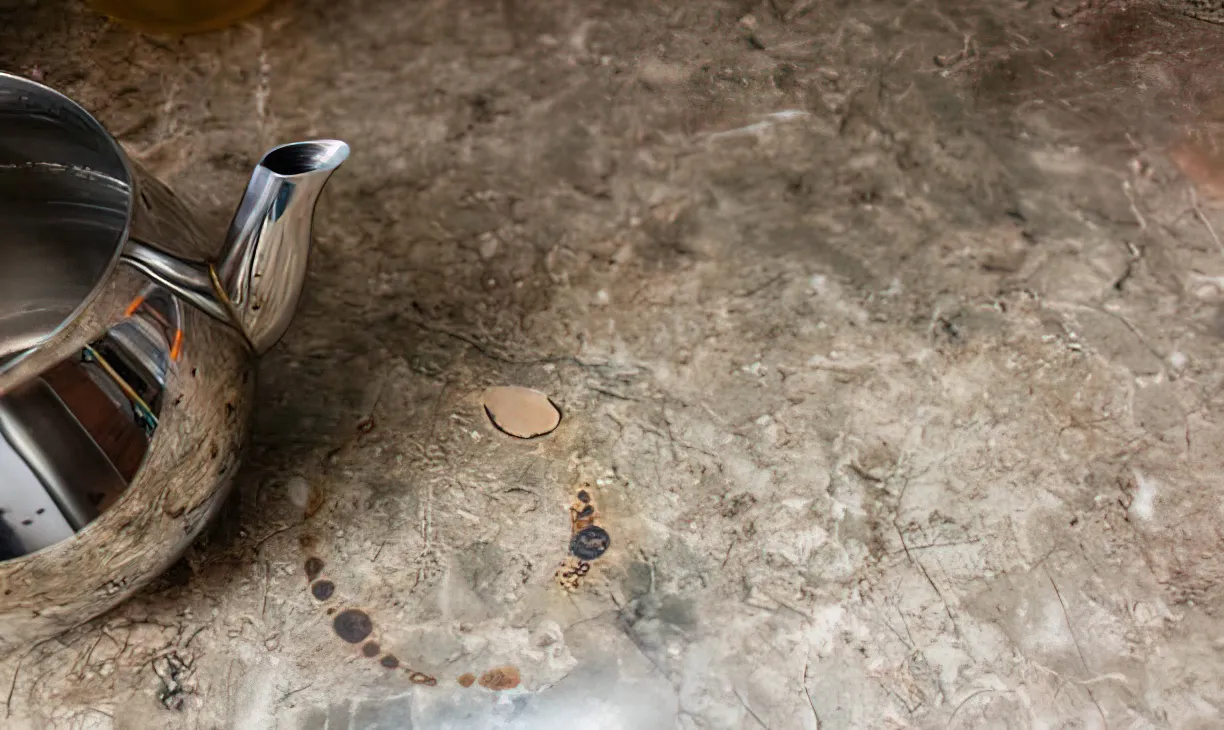
Care and Maintenance
Proper care and maintenance of refaced cabinets are crucial for their longevity. Neglecting to give them attention can lead to problems such as peeling, chipping, or fading. To ensure your investment lasts for many years to come, it is important to be aware of how frequently you need to care for and maintain them. Regular maintenance, including cleaning and resealing or refinishing as necessary, will help to ensure that your refaced cabinets hold up for many years to come. Depending on the type of materials used and the amount of use they receive, maintenance may be required anywhere from every few months to once a year.
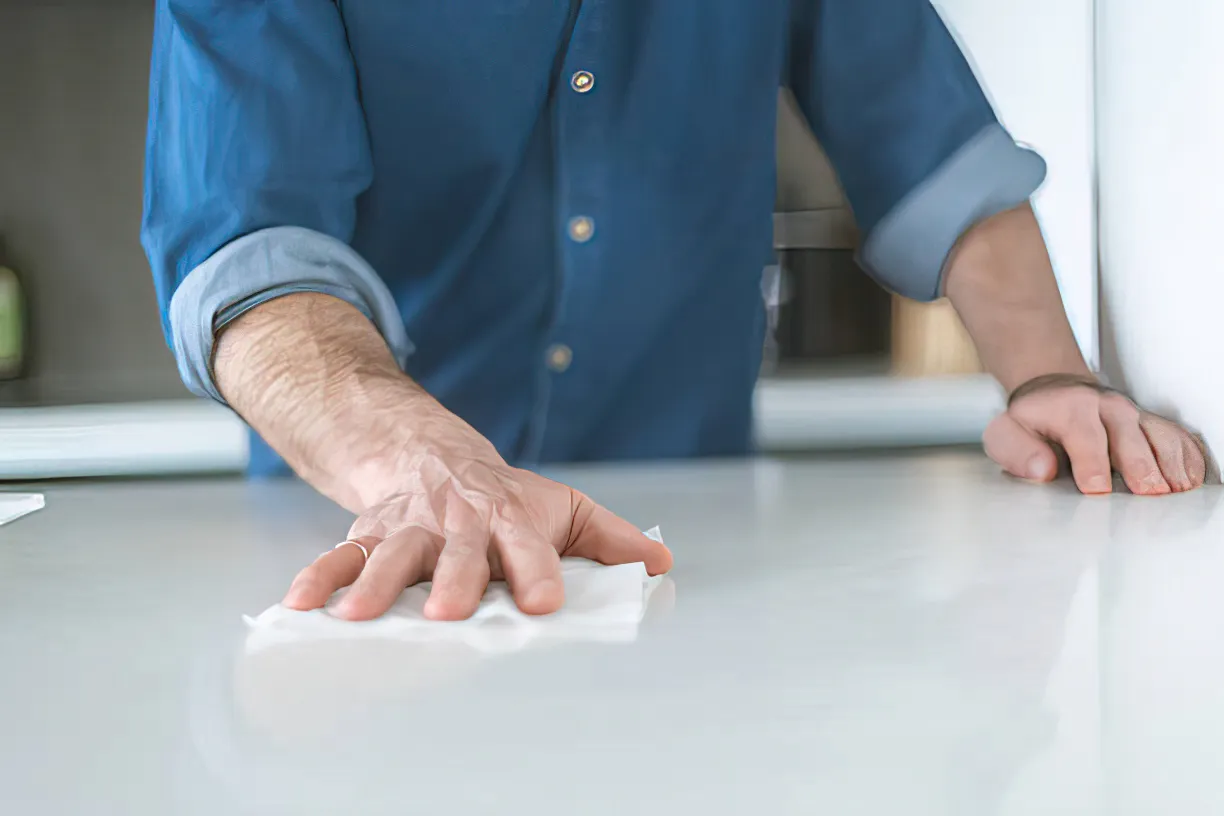
7 Easy Ways How To Care for Cabinets After the Refacing
- Regular Cleaning: You should regularly wipe down the cabinet exteriors with a soft cloth or microfiber towel. Avoid using harsh or abrasive cleaners that can damage the finish.
- Avoid Excess Moisture: Keep the cabinet surfaces dry and avoid splashing water or excess moisture on them. If any liquid spills, wipe it off immediately with a dry cloth.
- Handle with Care: Avoid slamming doors and drawers, and be gentle when opening and closing them. This will prevent damage to the hinges and knobs.
- Protect from Heat: Avoid placing hot items or appliances next to the cabinets as they can damage the finish. You can use a trivet or heat mat under hot items to protect the surface.
- Avoid Scratches: Do not use abrasive sponges or cleaners that can scratch the surface. Use a soft cloth to wipe down the surfaces.
- Check the Seams: Check the seams periodically to ensure that they are still sealed properly. If you notice any gaps or cracks, contact the installer to have them repaired.
- Maintain the Hardware: Keep the hardware clean and free from dirt and grime. You can use a mild soap and water to clean them, but avoid using harsh chemicals or abrasive cleaners
=> Related Article: How to Clean Bathroom Vanity Countertops
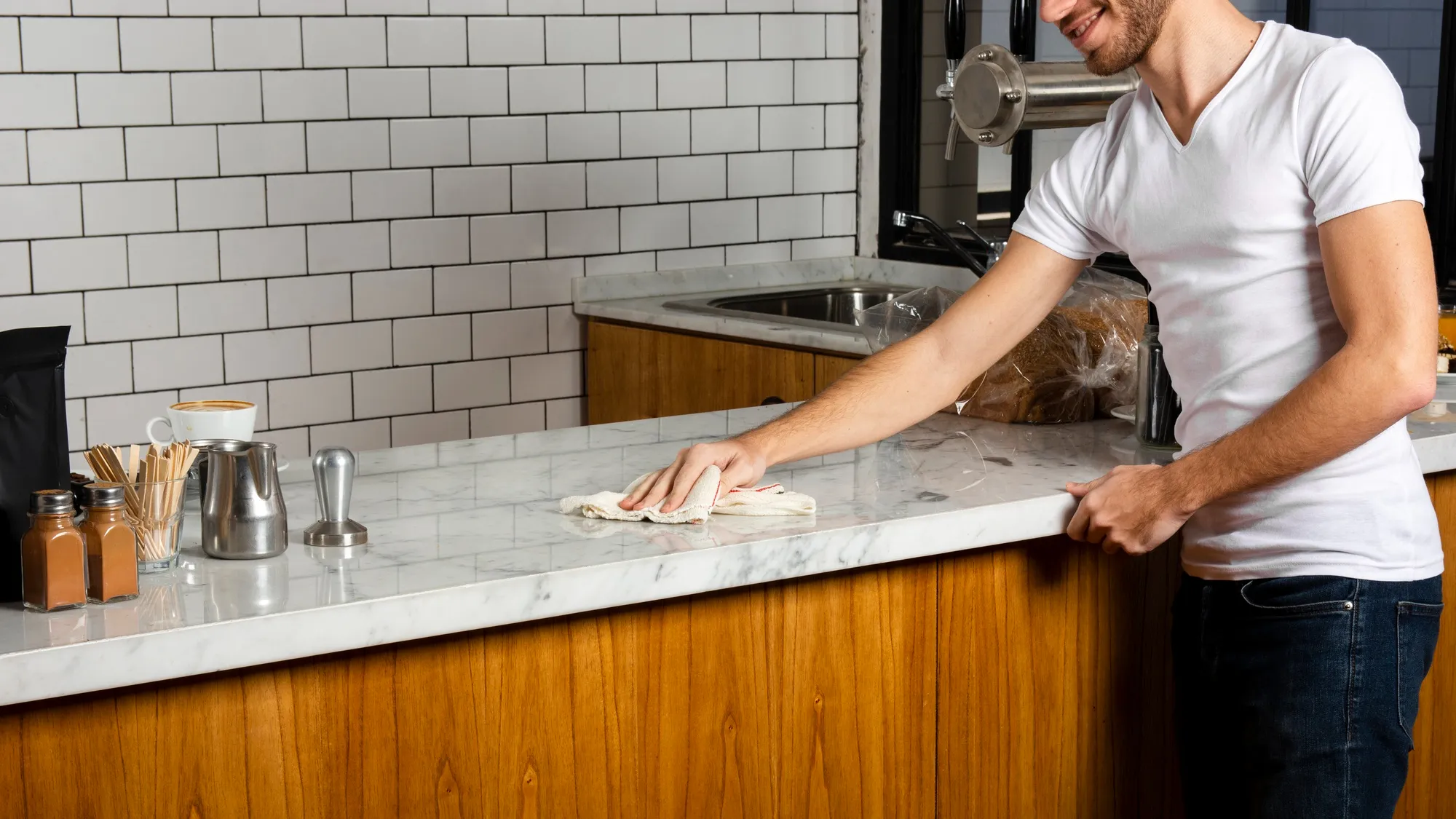
FAQs About How Long Do Refaced Kitchen Cabinets Last?
How do refaced cabinets compare to new cabinets in terms of durability?
Refaced cabinets can be just as durable as new cabinets, depending on the quality of the original materials used to make the cabinets and the condition before the refacing process. However, new cabinets may have a longer lifespan due to being built with new materials.
Can I change the color of my cabinets when refacing them?
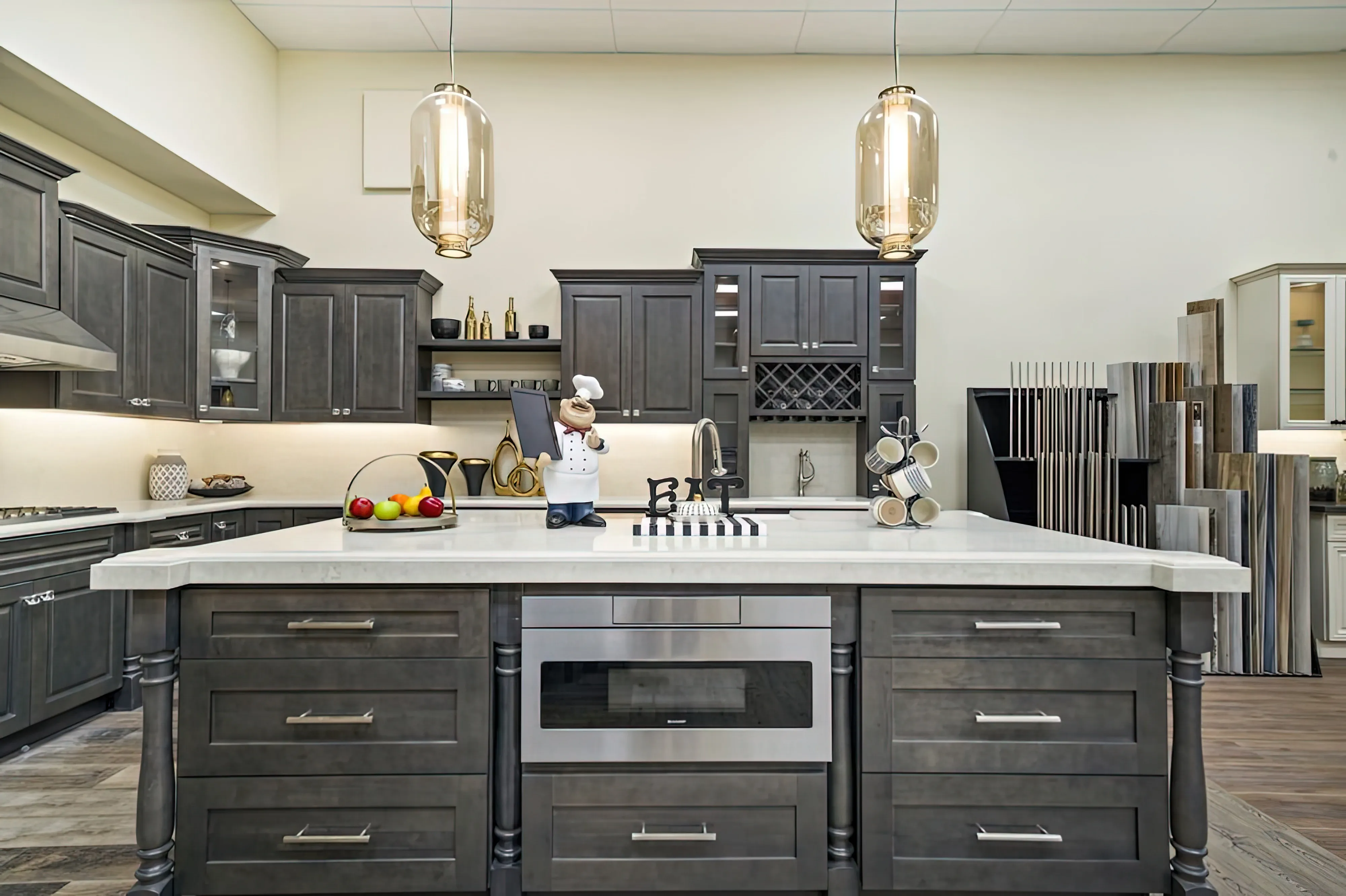
Yes, you can change the color of your cabinets when refacing them. Refacing involves replacing the cabinet doors, drawer fronts, and hardware, so you have the flexibility to choose a new color or finish. => Contact: Can Laminate Countertops be Painted? What Need to Know
Is it possible to reface cabinets with water damage?
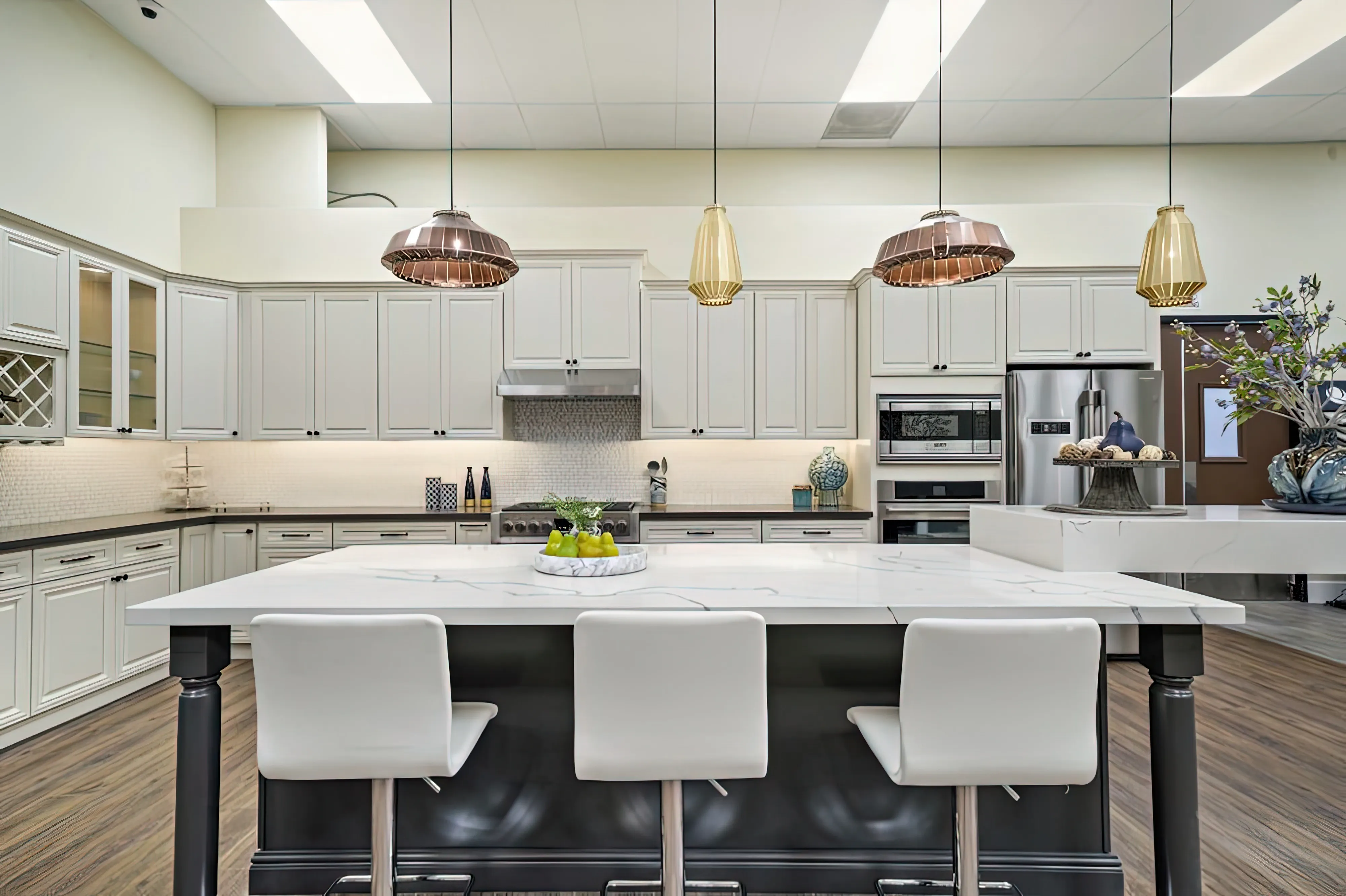
If the damage is severe, you may need to replace the affected cabinets instead of refacing them. Refacing cabinets with water damage is possible, but it’s you need to address the source of the water damage before refacing. => Contact: Refacing Service Guilin Cabinets
Is it possible to DIY reface kitchen cabinets?
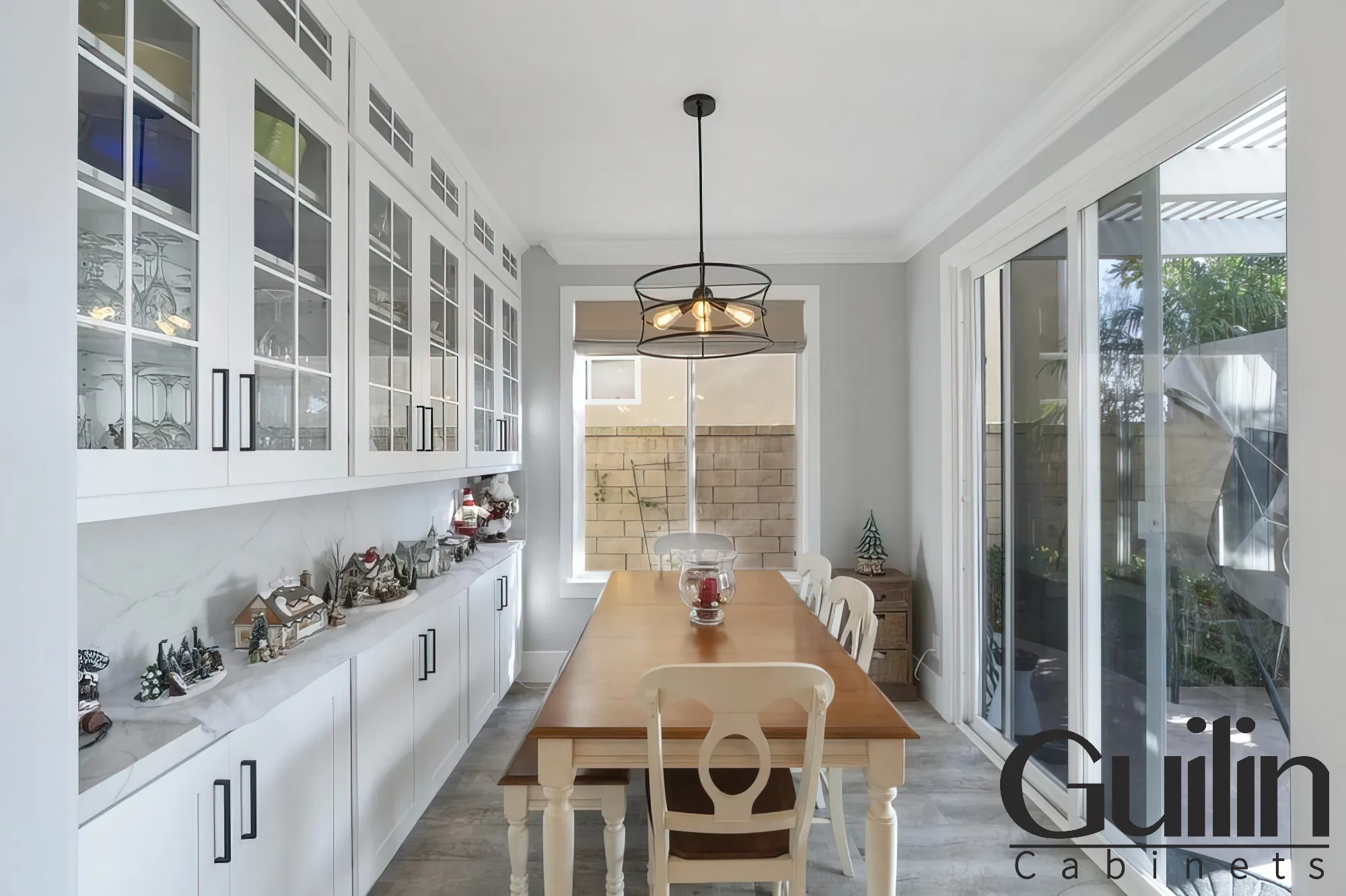
While it’s possible to DIY reface kitchen cabinets, it’s recommended to hire a professional for the job. Refacing cabinets requires specialized tools and skills, and mistakes can lead to a costly and time-consuming project.
How do I care for refaced cabinets?
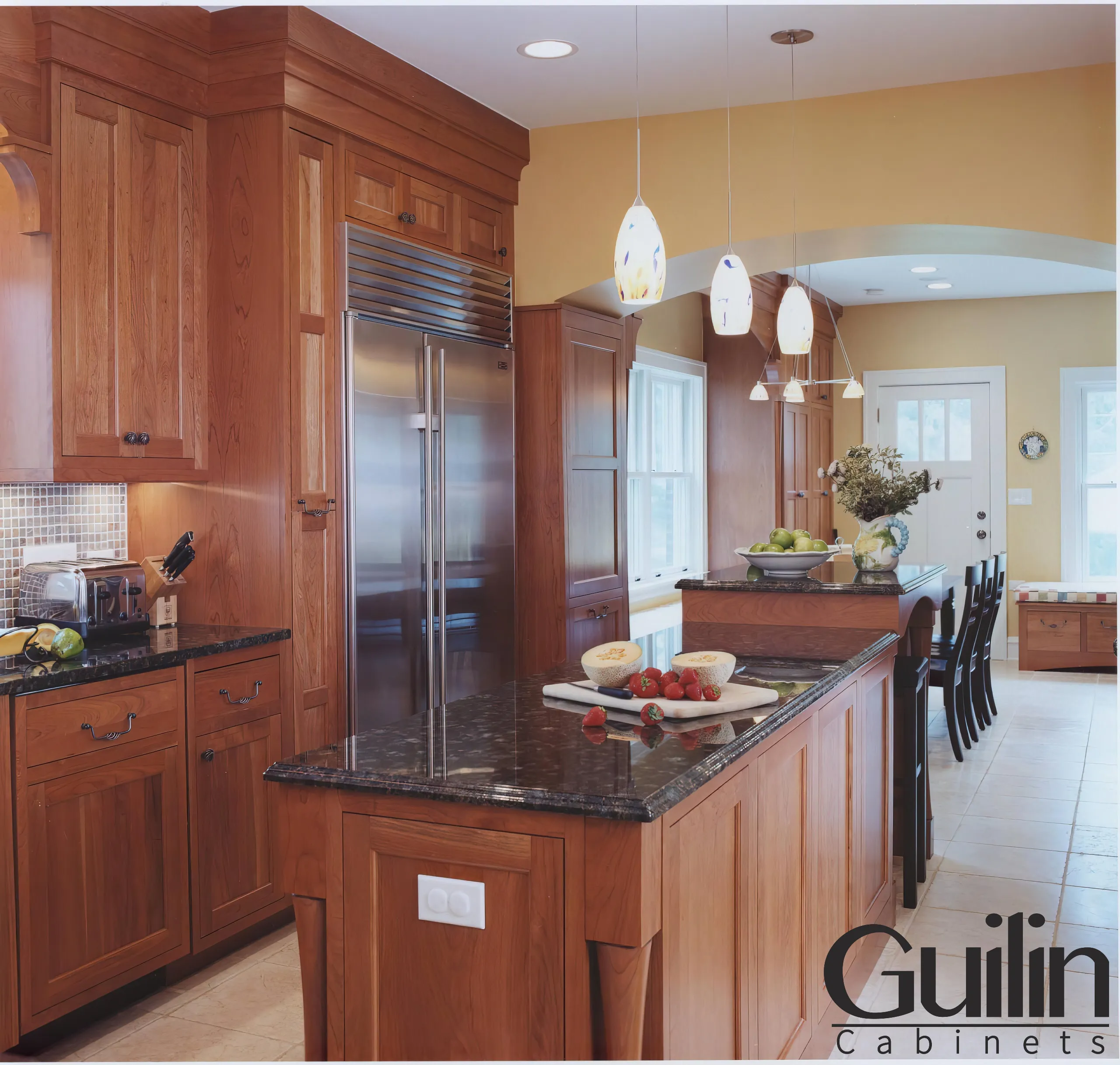
Refaced cabinets can be cared for in much the same way as new cabinets. Use a soft cloth and mild soap and water to clean them, and avoid using abrasive cleaners or sponges that could scratch the surface. You need to keep them dry and free from excess moisture, which can damage the finish over time.
Can I keep my existing countertops when refacing my cabinets?
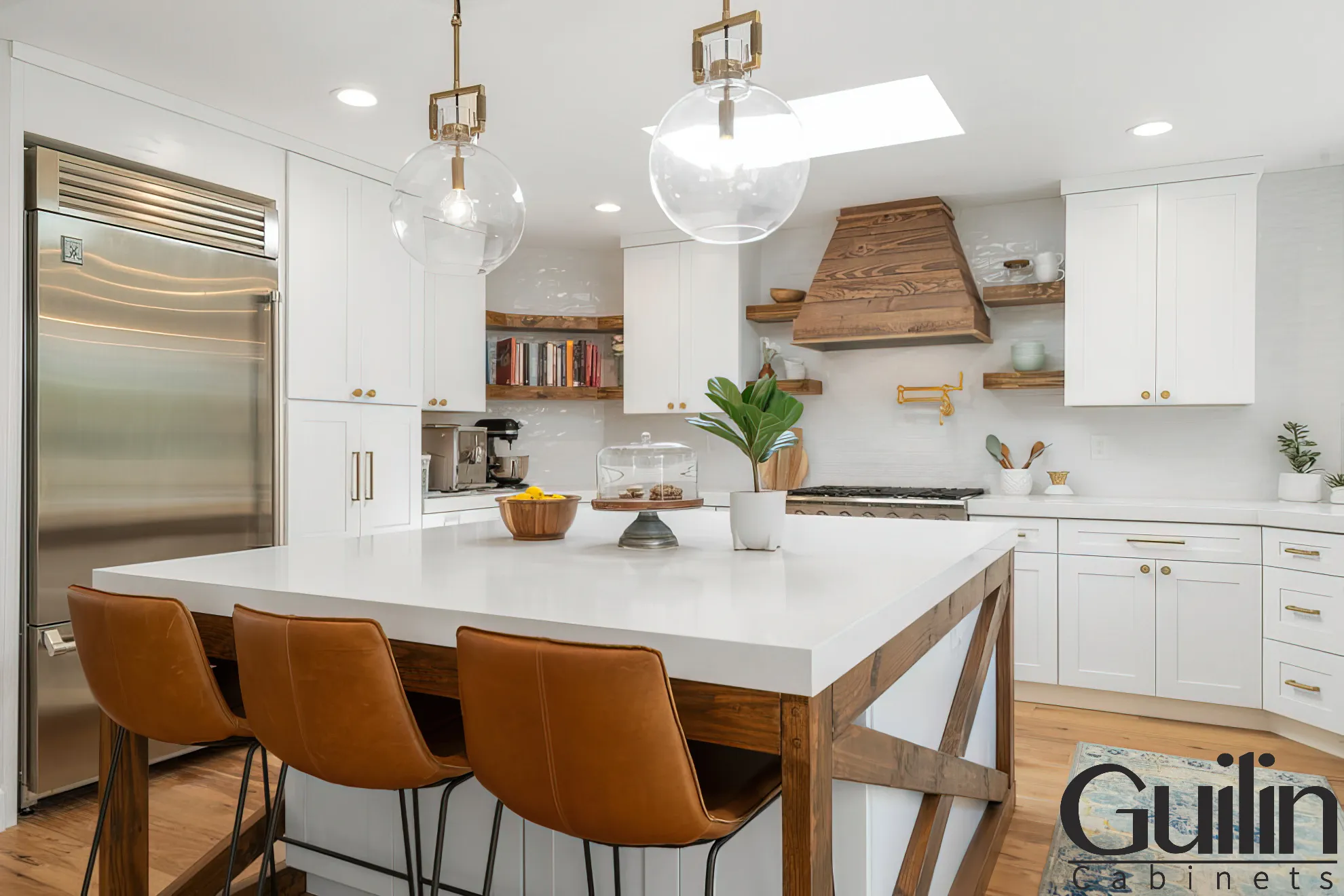
Yes, you can keep all your existing old countertops when refacing your cabinets. Refacing involves only the cabinet doors, drawer fronts, and hardware, so your kitchen countertops will remain intact.
Can I still use my kitchen during the refacing process?

Yes, you can still use your kitchen during the refacing process, although it may be more difficult to access your cabinets while the work is being done. The refacing process typically takes 3-5 days, so you may need to plan for alternate storage and cooking arrangements during this time
How to Find a good refacing cabinets contractor?
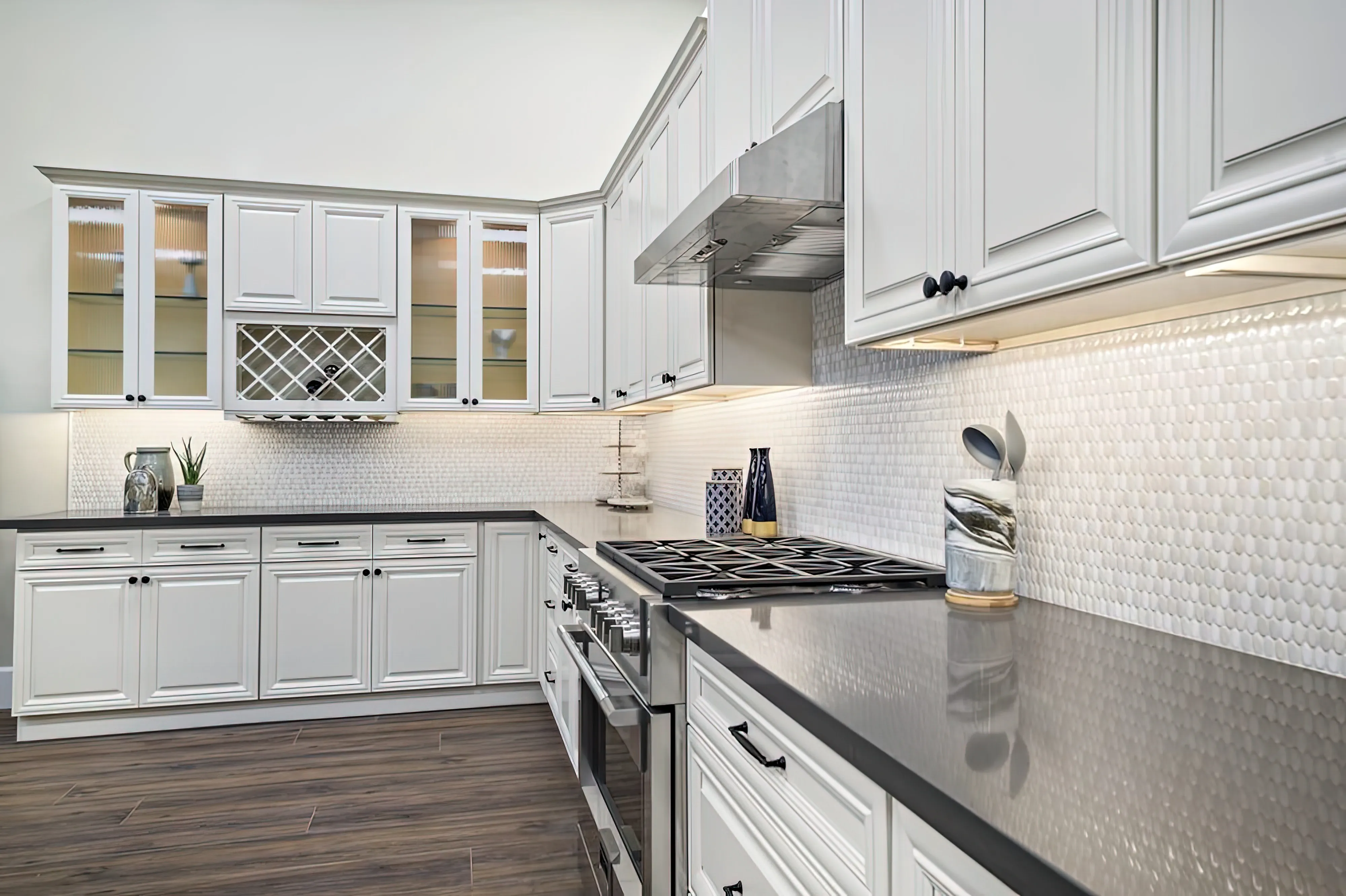
For Finding a good contractor near your home, You need to check their website, read customer reviews, and look at their portfolio or Physical Showroom to see if their work aligns with your vision. A professional cabinet refacing service provider should have the relevant experience, and qualifications to undertake your project. => Read more: Cabinet Refacing: Understanding, and Where to Get Start?


